Fruitarians can find plenty to eat now.
Our foraging class in Port Charlotte this past week found several fruit for the harvesting. First there were Natal Plums. They are not actually plums but are closely related to the deadly Oleander. However when the fruit is ripe Natal Plums are quite tasty and safe. There are even commercial varieties of them. After the Natal Plums we found ripe Cocoplums. Again, not a true plum, but about the right size to be called that. They come in three colors and we found the purple ones. Cocoplums are not everyone’s favorite but I like them and the seed tastes like granola. Next on the fruit find were Ground Cherries. Like the “plums” above Ground Cherries are not cherries but more closely related to tomatillos. We found ripe ones in two places so everyone got a chance to taste the fruit. They can produce all year but tend to have two seasons, before and after the summer heat. Following the Ground Cherries were Simpson’s Stoppers. The sweet berries are often in pairs and resemble marmalade in flavor with a slight bitter aftertaste. They seem to be prolific now over a wide range of the state.
Like the Natal Plum the next two fruits we found have cultivated relatives. The first was the Jambul Tree, which like the Cocoplum comes in three colors, white, red and dark purple. It’s a large commercial product in the Asian part of the world. Even when totally ripe and sweet there is a bit of astringency. What is odd this year is the fruit times. In Orlando the one tree I know of has been fruiting heavily. To the southwest 140 miles a tree I know is starting to fruit. Add another 50 miles and the tree we saw still has blossoms and a few early fruit. We also saw three mango trees dropping ripe fruit. They were all the Mexican cultivar “Champagne Mangoes.” This is where the story takes a personal turn. As mangoes are closely related to poison Ivy I did not know if I had an allergy to them or not. I had mango only once before more than 50 years ago. I couldn’t recall if there was a problem or not. So I have been “field testing” these mango this week, internally and externally, and apparently no allergy. That’s good because they have a nice flavor.
We also saw two fruits not quite ready to eat. The first is the ever-popular Sea-Grape. Well-named it will be at least a month before they ripen to edible red. Sea-Grapes are best eaten right off the tree or slightly dried on the ground. Folks make the mistake of turning them into jelly. Not only do they lose their character that way but end up tasting like apple jelly. That’s not exactly the best use of them unless you have no jelly. The other unripe fruit we saw was Pond Apple, which is an Annona. There are basically four different Annona ranging from a very nice sweet commercial variety to the wild Pond Apple that benefits from cooking but is more appreciated if you have nothing else to eat. You also have to be careful about touching the seeds then touching your eyes.
The “revolting” surprise of the day went to a few ripe Saw Palmetto berries we found. I am not sure they are an “acquired” taste or a tolerated one. You will either be able to eat them or not. Basically they tastes like vomit. To be a little more gracious they taste like intense blue cheese with some burning hot pepper tossed in. Once you get used to them they are… endurable. But if you were hungry you would crave them in that they have all the amino acids humans need to be healthy. They are good for you even if you don’t like them. As with some fruit — Durian for example — the smell is enough to dissuade many people from eating them. Saw Palmetto berries will be ripening for the next month or so thus you have plenty of time to try one.
Another fruit that is hitting its seasonal stride is Podocarpus. Granted, most folks think of the Podocarpus (macrophyllus) as a hedge rather than a fruit but it has food nonetheless. The fleshy aril is edible and very grape-like. The seed, however we don’t eat. Break it off and toss it away. Like the Yaupon Holly, the Podocarpus is an extremely common hedge plant. It’s difficult to find a subdivision or public building that doesn’t have some shaping up the landscape. Where you must be careful is to not confuse the Yew for the Podocarpus (which can be a problem because the Podocarpus is often wrongly called “The Southern Yew.”) The seed of the Podocarpus is on the end of the stem, the aril further in. With the Yew the seed is inside the aril, like a ball in a cup. Avoid the Yew. While its aril is edible the seed is deadly.
Foraging Classes: There’s a lot to see this time of year. I’m on both sides of the state this weekend, just north of Tampa in Palm Harbor Saturday and in Melbourne Sunday. Next week will be something a little different with a Wednesday class on the 9th. It’s a shorter class in this summer heat, less walking and a lower week-day price but in an area prime with a lot edibles to see.
Saturday August 5th, John Chestnut County Park, 2200 East Lake Road, Palm Harbor, FL 34685. Meet at the trail head of the Peggy Park Nature Walk, pavilion 1 parking lot. 9 a.m.
Sunday, August 6th, Wickham Park: 2500 Parkway Drive, Melbourne, FL 32935-2335. Meet at the “dog park” inside the park. 9 a.m.
Wednesday, August 9th, a Senior Stroll, meet in front of Panera’s, north end, 329 N. Park Avenue, Winter Park. We will wander around Winter Park for two or three hours looking at edibles. Mid-week rate $20 (non-seniors welcome.) Later start time: 10 a.m.
Saturday, August 12th, Blanchard Park, 10501 Jay Blanchard Trail, Orlando, FL 32817. 9 a.m.
Sunday, August 13th, Jervey Gantt Recreation Complex, 2390 SE 36th Ave., Ocala, FL, 34471. 9 a.m.
To learn more about the classes click here.
All of Green Deane’s videos available for free on You Tube. They do have ads on them so every time you watch a Green Deane video I get a quarter of one cent. Four views, one cent. Not exactly a large money-maker but it helps pays for this newsletter. If you want to see the videos without ads and some in slightly better quality you can order the DVD set. It is nine DVDs with 15 videos on each. Many people want their own copy of the videos or they have a slow service and its easier to order then to watch them on-line. They make a good gift for that forager you know. Individual DVDs can also be ordered. You can order them by clicking on the button on the top right of this page or you can go here.
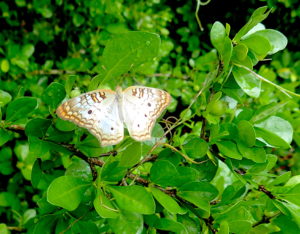
Do you know what edible this White Peacock butterfly is sitting on? You would if you read the Green Deane Forum.
Want to identify a plant? Looking for a foraging reference? Do you have a UFO, an Unidentified Flowering Object you want identified? On the Green Deane Forum we chat about foraging all year. And it’s not just about warm-weather plants or just North American flora. Many nations around the world share common weeds so there’s a lot to talk about. There’s also more than weeds. The reference section has information for foraging around the world. There are also articles on food preservation, and forgotten skills from making bows to fermenting food. One special section is “From the Frightening Mail Bag” where we learn from people’s mistakes. You can join the forum by clicking on the button on the upper right hand side of this page.
Lastly, I’m looking for a Word Press expert to help update my site and reduce a number of bugs that are creeping in. Please send me an email.
This is issue 268
If you would like to donate to Eat The Weeds please click here.

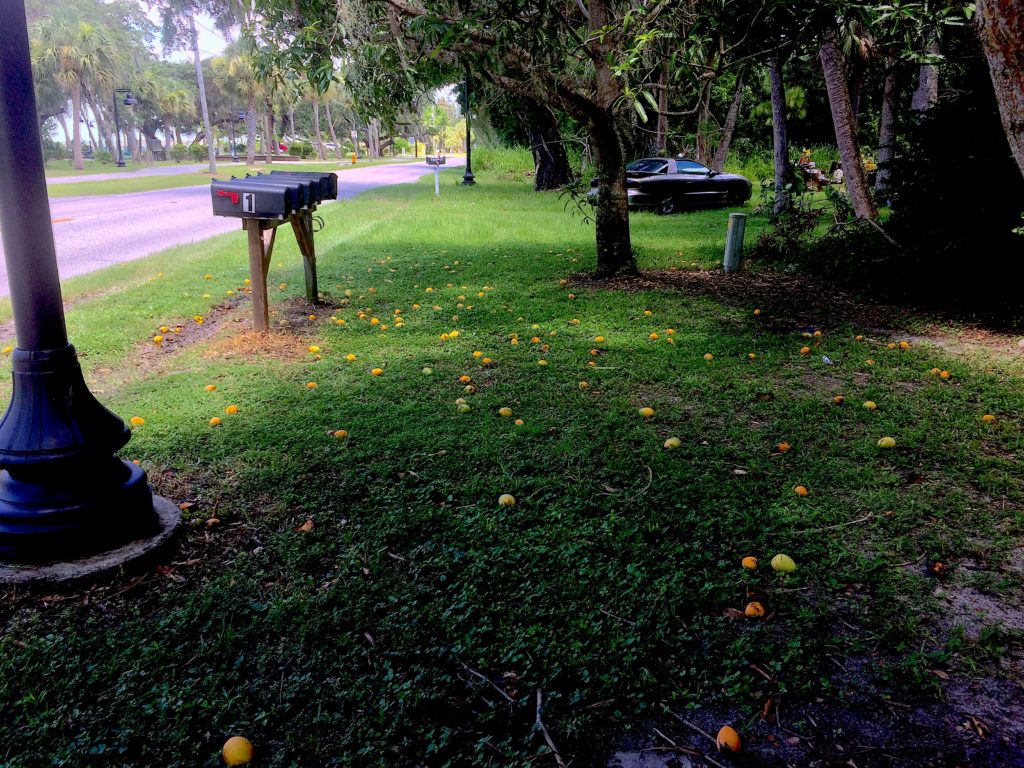
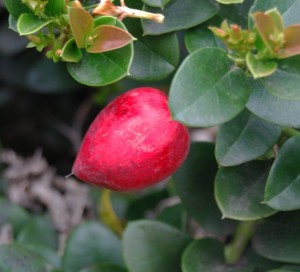
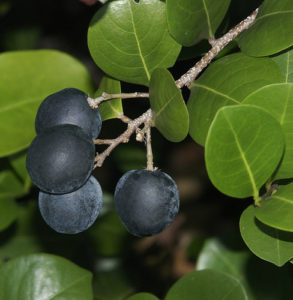
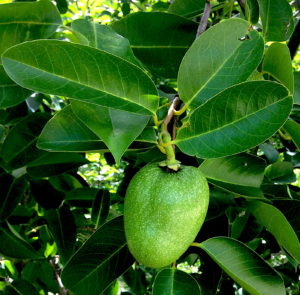
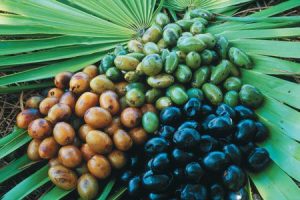
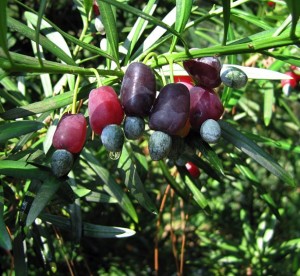
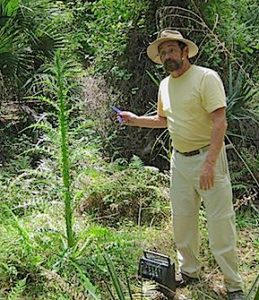


I’m pleased nowadays in my region the new harvest of the date palm tree has gone to market. I’ve one kgm./pack of fresh totally ripe and another kgm. pack semi – ripe called “rutub” locally both tasty and good for health. In fact in my country there are many varieties which compete very well with other mid east countries like Iraque or Saudi Arabia.
I should like to refer to a herb in my garden I did follow growth till it’s fruited and become more easy to identify. It was funny to be called by some “Mad woman’s milk”; however, much has been written as warning against the danger of poisoning caused by the sap – milk – of the plant. Nontheless, some women used it to give a rosy cheek while some men used it in some strange manner as if a ” viagra ” . It is also used causously as remedy for wurts and ring worms. My herb is Euphorbia helioscopia L. Glad to add that my grandson ,Yousuf, has shared with me much of this foraging specically when some milk has spilled and he had taken much care.
Would any of these foraged finds grow in zone 6 or 7?
My goal is to grow interesting plants on my property!
Gina, nj